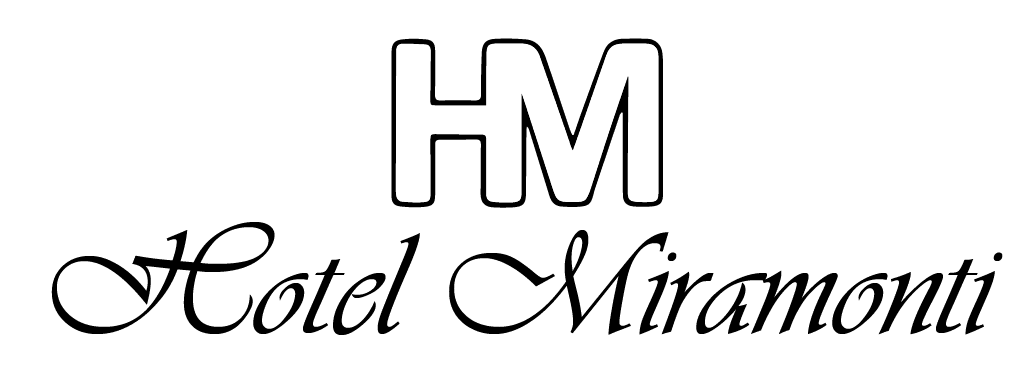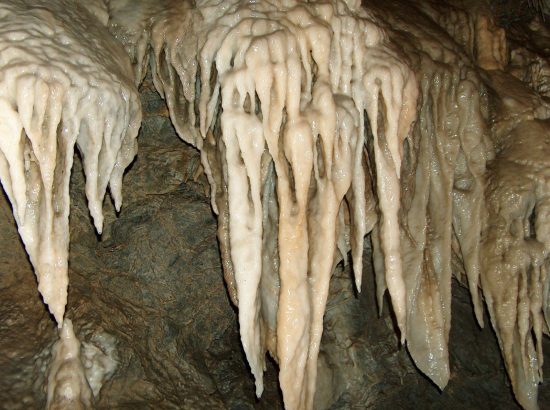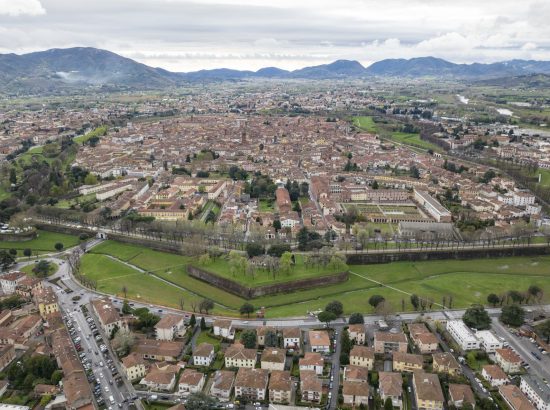Siena
SIENA – 100 KM FROM MONTECATINI TERME
Siena boasts an immense artistic and cultural heritage, largely due to the flourishing of the Sienese school of painting between the 13th and 15th centuries. The main feature that distinguished and elevated the Sienese School was the attention paid to the decorative beauty and elegance typical of Gothic art and, despite being more conservative, it was able to compete with Florence.
There were many great personalities who represented the school, from Duccio di Buoninsegna to Simone Martini, from Pietro and Ambrogio Lorenzetti to Domenico and Taddeo di Bartolo and Matteo di Giovanni. The School was carried on during the 16th century by Domenico di Pace Beccafumi and Giovanni Antonio Bazzi, exponents of Mannerism.
Siena, as well as for its artistic and cultural treasure, is known worldwide for the Palio, which takes place in Piazza del Campo and consists of a horse race in which the various districts of the city take part. The Palio, in addition to being an ancient historical event and the reinterpretation of an ancient medieval carousel, represents one of the greatest expressions of the Sienese tradition.
There are also numerous festivals, linked to the tasting of local products, including the evenings organized by some of the districts participating in the Palio.
Among the initiatives that enliven the cultural life of Siena and which take place on an annual basis, there are the Jazz Festival, organized by Siena Jazz, the Visionaria short film festival, the National Oil and Wine Week, the music specialization courses organized by the ‘Accademia Musicale Chigiana and the Terra di Siena film festival dedicated to independent cinema and previews of great cinema.
The Siena area is famous and renowned throughout the world for the wines that are produced in the numerous local wineries, including Chianti, Brunello of Montalcino, Vernaccia of San Gimignano and Nobile of Montepulciano.
At the numerous wineries in the Siena area it is possible to taste and buy these fine wines. Not to be underestimated is also the gastronomic tradition, largely due to the wealth that characterized the medieval period and the presence of numerous taverns along the Via Francigena. There are many specialities, some of which are linked to the medieval tradition, including pici, ribollita, roasts, caccaigione, wild boar and, among the desserts, panforte, ricciarelli, pan co’ santi and berricucoli.



